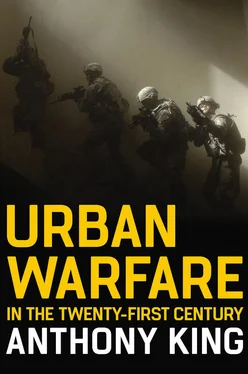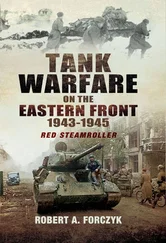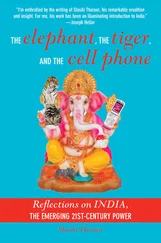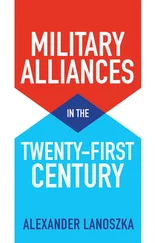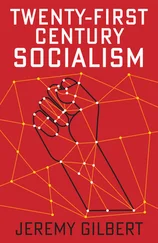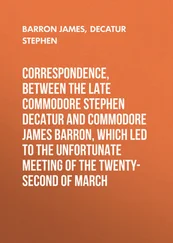Force size has, of course, long been recognized as an important determinant of warfare in any era. Many military scholars have been fully aware of the significance of numbers. Hans Delbrück, the German historian, is highly pertinent here. At the beginning of his celebrated work on politics and military history, he asserted that the best starting point for the analysis of warfare was always the size of military forces. ‘Wherever the sources permit, a military-historical study does best to start with the army strengths . . . Without a definite concept of the size of the armies, therefore, a critical treatment of the historical accounts, as of the events themselves, is impossible.’ 19Delbrück’s fourvolume work on military history is not a quantitative study of armies; it is a critical study of military operations, their political purposes and effects. Yet, throughout the study, he uses numbers to illustrate the special problems of campaigning and to demolish specious claims in the historiography.
For example, in the first volume, he comprehensively destroyed the notion that Xerxes could have led a 2-million-man army when he tried to invade Greece in 480 BCE; the march column would have been 420 miles long. 20The army would still have been leaving Susa when its head arrived in Greece. Delbrück also concluded, against Herodotus, that the Persian Army at Marathon in 490 BCE must have been smaller than the Greek force of 12,000, given the quality of Persian troops and the size of the actual battlefield (in the Brana Valley, not its attributed location). 21For Delbrück, numbers became a critical tool for interrogating military history. He was able to deduce the character of military operations merely on the basis of the size of the armies involved. Indeed, mere size had serious political repercussions.
Delbrück’s analysis is highly perceptive. However, he did not specifically discuss the relationship between force numbers and urban warfare. In order to appreciate the almost direct historical correlation between force size and urban combat, it is necessary to turn to the work of other military historians. Christopher Duffy is immediately relevant here. In his seminal analysis of the early modern fortress, he explicitly highlighted the relationship between force size and urban warfare. Duffy has shown how the trace italienne (bastion fort) was developed in response to the rise of artillery and how these forts, in turn, changed the character of both states and armies at that time. From 1500 to the mid-eighteenth century, the fortress and the siege played a critical role in military operations. Indeed, it might even be claimed that the siege – not the battle – was the defining characteristic of warfare at this time. However, Duffy notes that there was a decline in siege warfare in the course of the eighteenth century.
Crucially, this decline had little to with improvements in armaments. Although new methods of forging artillery were discovered, which facilitated the production of lighter field guns, ballistic capabilities were not radically changed, especially in the case of siege guns. Early modern fortifications were, consequently, preserved until the 1850s. The decisive factor in the decline of siege warfare in the late eighteenth century was organizational. From the middle of the eighteenth century and especially during the era of the revolutionary wars, armies grew prodigiously. Napoleon’s Grande Armée of 1812 consisted of 1 million men; but his enemies also began to expand their forces in response. The implications for early modern fortification were profound: ‘Fortresses were also predominant because, according to a rough rule of thumb, we find the smaller the forces engaged on a theatre of war, the more importance attaches to the available strongpoints.’ 22As armies grew in size at the end of the Age of Enlightenment, they were able to bypass fortresses or fortified towns, the garrisons within which were simply too small to threaten them or their lines of communication. 23Fortresses and cities could be enveloped or overwhelmed by increasingly large hosts. 24The implication of Duffy’s thesis is quite radical. On this account, in any era, campaign geometry is substantially a function of the size of the armies involved. The weaponry available to Napoleonic armies was better, but not radically different from that fielded by General John Churchill, 1st Duke of Marlborough, at the battle of Blenheim in 1708. Yet, siege warfare had become less important. Written in response to the revolutionary and Napoleonic wars, Clausewitz’s On War demonstrates this shift very clearly. It is striking that, although he wrote an entire book on the ‘Engagement’ (battle), he devoted only three chapters of On War to fortresses and none specifically to cities and siege warfare. Eleven pages of a 600-page treatise referred to urban warfare. 25
Duffy suggests that the operational significance of urban warfare in the early modern period was dependent on the size of armies. This is a deeply significant claim. If the early modern period is taken as indicative, it is possible to propose a wider hypothesis about urban warfare. In any historical era, the smaller the armies, the more important cities become; urban warfare attains priority as military forces contract. By contrast, the larger the armies, the more likely that open warfare in the field will predominate over siege-craft. As forces expand, cities become less operationally significant. The frequency and importance of urban warfare is, therefore, substantially a function of the size of military forces.
The Decline of Mass Armies
Duffy’s thesis about numbers is particularly pertinent to the question of urban warfare in the early twenty-first century because military forces are smaller now than they have been for centuries. Since the 1970s – and especially in more recent decades – large, state, Western forces have all but disappeared; the mass citizen army, which was the norm during the twentieth century, has been displaced by smaller all-volunteer forces. Military scholars began to note this important transformation of Western armed forces in the 1970s. By that point, some Western forces had already begun to abolish conscription. 26Following the Cold War, conscription and the mass army became increasingly obsolete, so that by the 2010s, all major Western powers had abolished national service. As a result, Western forces have declined to about half or a third of their Cold War size (see Table 2.1). After the end of the Cold War, the active-duty US Army, for instance, contracted from 700,000 to 480,000 personnel and it is set to contract further. It is true that some European countries, such as Sweden, have recently reintroduced limited conscription, but these selective drafts in no way reverse the general trend.
Table 2.1:Army size (active service personnel), 1991–2019
*The italicised figure includes the DDR’s Nationale Volksarmee
Source: International Institute for Strategic Studies, The Military Balance 1991 ; International Institute for Strategic Studies, The Military Balance 2019 .
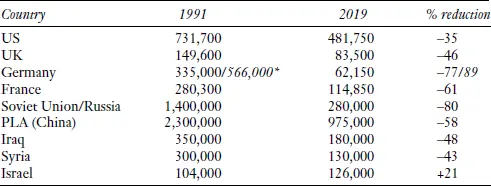
American and European commentators have often worried about this reduction of state forces. Yet, in fact, the trend is global. China and Russia have both displayed the same pattern. Indeed, with the collapse of the Soviet Union, Russia’s Army is now proportionately far smaller than its Western rivals. In 1991, the Soviet Army consisted of 1.4 million active soldiers and a reserve of a further 2.75 million. Today, the Russian Army fields 280,000 personnel, of whom 195,000 are regular professionals; it is approximately 20 per cent of its Cold War size.
Читать дальше
